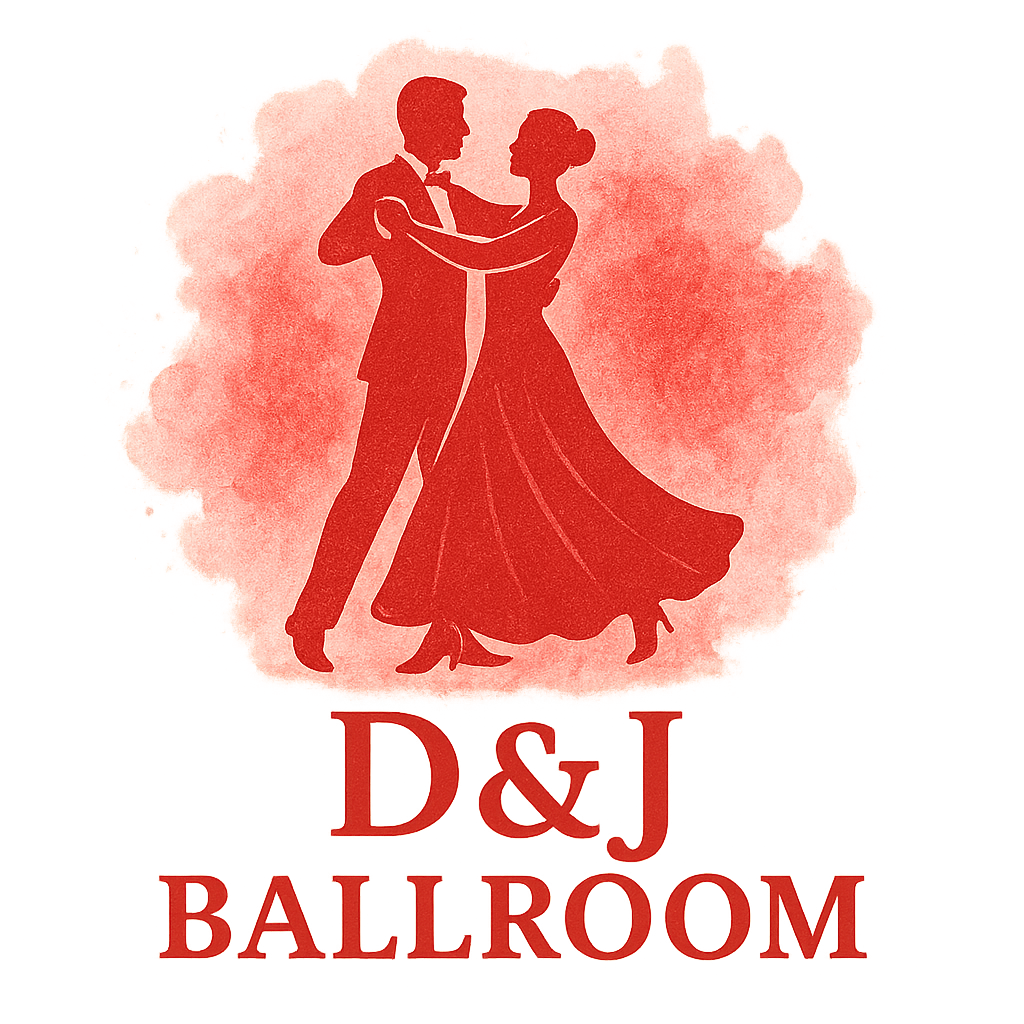Introduction to the Tango Ballroom Style
Tango isn’t just a dance; it’s a statement. It’s about passion, elegance, control, and a smoldering connection with your partner. Whether you’re new to ballroom dancing or a seasoned dancer looking to refine your style, learning how to master the Tango ballroom style can be a thrilling journey.
If you’re ready to glide across the floor like a professional, you need more than just flair. Let’s dive deep into the 9 most effective ways to become a Tango master.
1. Understand the Roots of Tango
Study Its History and Culture
To truly dance the Tango, you have to feel its soul. Tango is steeped in culture, originating from the working-class neighborhoods of Buenos Aires in the 1880s. This dance tells a story—of passion, drama, and resilience.
Dive Into Tango’s Heritage
Explore the evolution of Tango through the decades. Visit this detailed page on ballroom history and culture to uncover the origins and societal influences behind this iconic dance.
Recommended Resources
- Tango history documentaries
- Memoirs of famous dancers
- Cultural essays from dance historians
Also check out our tagged archive on culture and history for related insights.
2. Choose the Right Tango Style
American vs. International Tango
Tango comes in several flavors, but the two most common in ballroom are American and International. American Tango is more open, with lots of expressive moves. International, on the other hand, is stricter, more structured, and competition-focused.
Which Style Suits You?
Your choice depends on your goal. Want to compete? Go International. Want to perform or enjoy socials? American might be your jam. Check out more dance styles and our curated dance styles tag to explore your options.
3. Master Basic Tango Techniques
Key Steps Every Dancer Should Know
Before you twirl, you have to walk. Literally. Tango walks are the essence of the dance. From there, you can move into cortes, fans, and promenade steps.
Walks, Corte, and Promenade
These are your building blocks. Learn to control your steps, maintain balance, and guide with subtlety.
Practice Through Drills
Don’t underestimate the power of repetition. Incorporate technique drills into your practice. Here’s a great resource on ballroom techniques and training and our tag for drills that you’ll find useful.

4. Embrace the Proper Tango Frame
Body Alignment and Posture
Tango has a distinctive frame—strong, poised, and elegant. The lead creates a firm but subtle guide; the follow stays responsive yet independent.
Maintaining Connection With Your Partner
This is where Tango gets intimate. It’s about breathing in sync, reacting in real-time, and holding tension without overpowering.
5. Perfect Your Musicality and Timing
Listening to the Beat of Tango
Tango music has depth. The tempo fluctuates with emotion. As a dancer, you need to become one with the music.
Matching Movement to Music
Your steps should interpret the melody, not just follow the beat. This requires acute musical awareness—and lots of listening practice.
6. Elevate Your Style With Authentic Attire
Dressing the Part
What you wear matters. Women should consider elegant dresses that flow with movement, and men need classic suits that emphasize form.
Tips for Ballroom Wardrobe Selection
Check out this guide to ballroom attire and fashion and our fashion tag and wardrobe tag to make your outfit match your performance.
7. Learn From Competitions and Events
Observing Champions in Action
You can learn so much from watching others. Watch recordings of Tango competitions and live performances.
Participating in Local Tango Events
Find an event near you through our events and competitions hub and relevant events tag and competitions tag.
8. Train With Expert Instructors
Finding the Right Tango Coach
A skilled coach can spot your flaws, fine-tune your frame, and elevate your confidence. Look for one with experience in your preferred Tango style.
Importance of Regular Ballroom Training
Consistency is key. Keep up regular classes, and use our training tag for tips on how to structure your sessions.
9. Practice, Patience, and Passion
Building Muscle Memory Over Time
Mastery doesn’t happen overnight. Practice smart and be consistent.
Keeping the Fire Alive
Stay inspired. Watch Tango shows, attend socials, and never forget why you started. Tango is emotion in motion.
Conclusion
Tango is as much a feeling as it is a form. Mastering the Tango ballroom style is a journey—one full of twists, turns, and dramatic pauses. By learning its history, perfecting your technique, and embracing its culture, you can step onto the dance floor with grace, precision, and soul.
Ready to tango? Start your journey with D&J Ballroom. Explore more at dandjballroom.com and let the rhythm lead the way.
FAQs
1. How long does it take to master Tango?
It varies, but with regular practice and instruction, most dancers feel confident in 6-12 months.
2. What shoes are best for Tango?
Opt for dance shoes with suede soles for grip and ease of movement.
3. Can I learn Tango solo?
Absolutely! Solo drills help improve balance and technique until you find a partner.
4. Is Tango suitable for beginners?
Yes. Tango is beginner-friendly, though it requires dedication.
5. How is Tango different from other ballroom styles?
Tango is sharper, more dramatic, and emotionally intense compared to dances like Waltz or Foxtrot.
6. Where can I watch live Tango?
Check out local ballroom events or social dance nights.
7. What music should I practice Tango to?
Look for traditional Tango orchestras or modern instrumental Tango playlists.


